Because they retain their flavor when frozen, zucchini noodles are a wonderful option for a meal that can be served later, and we will show you how to hit them up here.
On the other hand, thawing frozen zucchini might be more difficult than expected. The makeup of zucchini is mostly composed of water (more than 95% of the total).
Because their water content increases after freezing, frozen veggies have a distinct texture that is distinct from that of fresh vegetables.
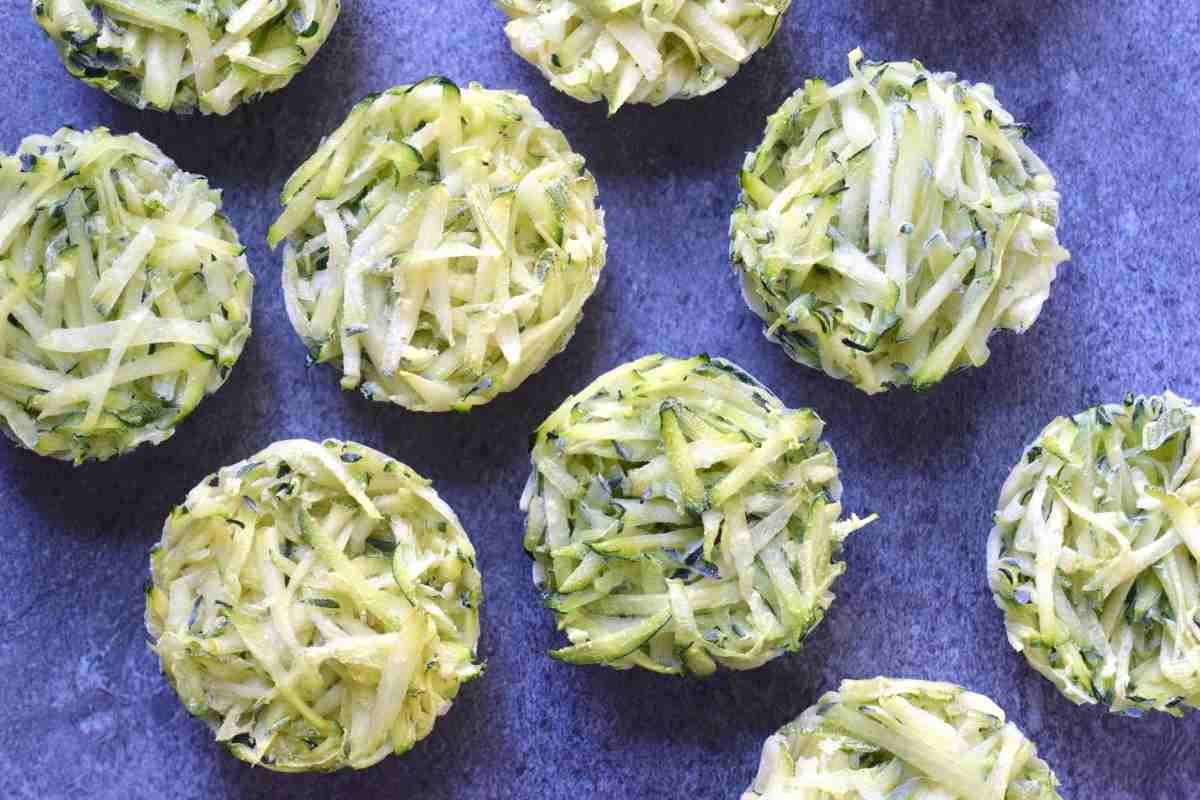
When the squash has grown very mushy, it might be difficult to cook. This article explains how to make zoodles, often known as zucchini noodles, in the best possible way.
This wonderful noodle soup with zucchini is simple to prepare and a lot of fun to eat. In addition to having a low net carbohydrate content and being suitable for ketogenic dieting, you’ll only need four ingredients.
There are also some helpful suggestions provided for achieving excellence in the kitchen.
How to cook pumpkin noodles starting with frozen pumpkin:
Given that frozen zucchini noodles contain more than 90 percent water by weight, the cooked version of these noodles will be fairly watery.
You can avoid having your zucchini noodles turn out mushy and overcooked with just a little bit of planning ahead of time.
If you follow the instructions below, your zucchini noodles will never fail to turn out perfectly crisp and will be versatile enough to be used in any dish.
The frozen zucchini noodles may be dried by spreading them out in a single layer on a baking sheet that has been coated with paper towels.
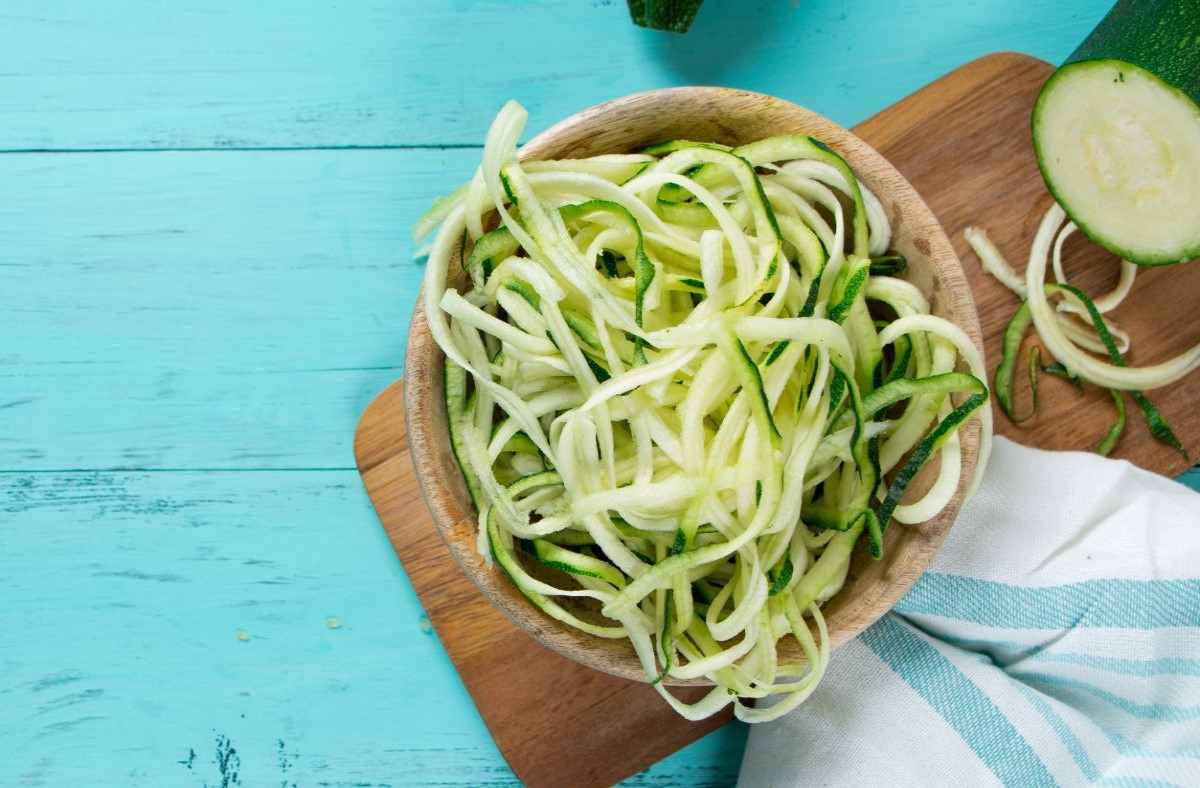
After that, remove it from the oven with care and place it between a pair of paper towels and a clean cloth in order to remove any extra moisture. The zucchini should be seasoned with a dash of sea salt before being roasted in the oven for half an hour.
Following the instructions on the package, prepare frozen zucchini noodles by heating them in a covered pan for roughly 5 minutes. This will prevent the noodles from being overcooked.
You’ll find that the best way to prevent sogginess is to prepare frozen zucchini noodles according to the al dente cooking method.
Add certain items to the meal that are able to soak up fluids. When there is nothing to soak up the moisture, controlling the accumulation of moisture might be difficult.
Why is it that dipping bread into a bowl of old spaghetti sauce is one of our favorite ways to pass the time? Because you already know that it facilitates the absorption of flavor, there is no need in asking why.
You may prepare your noodles with anything that can absorb the liquid, such as cheese, nutritious breadcrumbs, or absorbent vegetables like eggplant or potatoes, and you can serve them with crusty toast and spread it while you are on the road.
If the recipe calls for a hot sauce, you may easily adjust its consistency by draining out part of the liquid to make it more or less thick.
Either reduce the amount by heating it down until all of the liquid has evaporated, or increase the amount of flour that is used to make it thicker.
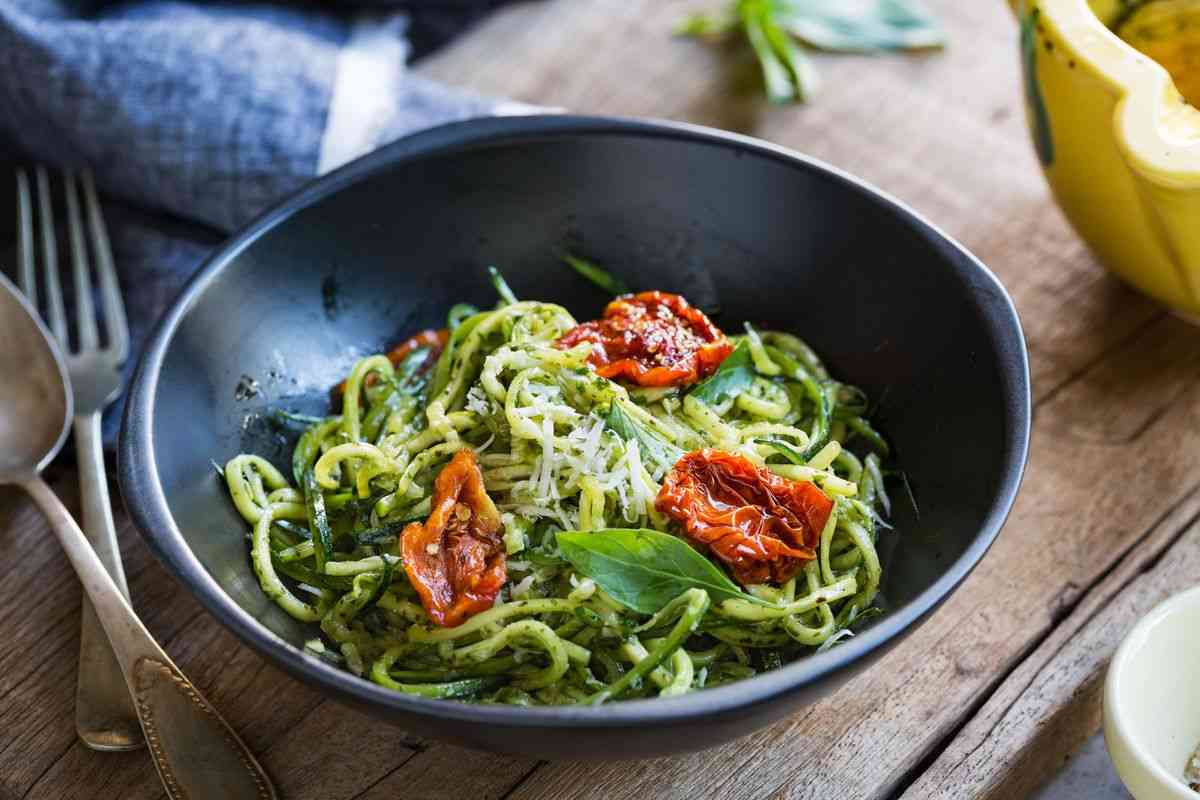
It is imperative that you mix the sauce often while you are bringing it to a boil to prevent it from catching on fire.
After everything has been mixed together, you could find that you need to reduce your sauce even more in order to compensate for the extra moisture that will be produced from the frozen zucchini noodles.
You may also try using a starch thickener as an alternate method for achieving the correct consistency in the sauce.
A simple suspension may be made by combining cornstarch and water in proportions that are equal to one another. Combine this with your sauce, then continue cooking it over low heat until it thickens.
When you use zucchini noodles, for instance, in a soup like this one, Zucchini Noodle Soup, you won’t need to drain any more water from the noodles after they have been cooked.
Because of osmosis, the noodles are able to retain both their wetness and their stiffness.
Because zucchini releases water as it cooks, any soup you create will likely lose some of its intensity. To compensate for this, bear in mind that any soup you prepare will likely lose some of its intensity if you add zucchini.
When making savory ramen, for example, the noodles will absorb less umami from the broth the longer they are boiled for.
If you want to keep the soup in the refrigerator, you may easily fix this problem by adding more spices. Consuming the ramen immediately after it has been cooked is perfectly fine.
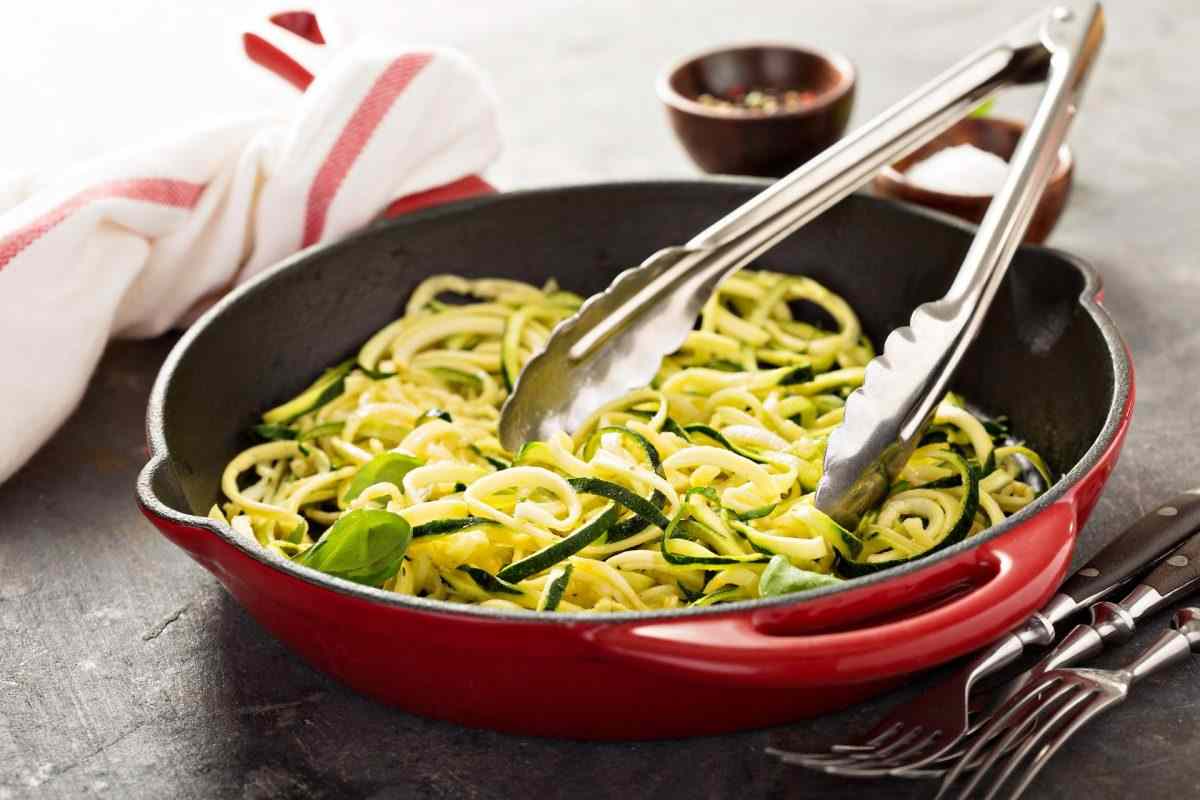
The preparation procedure for cooking frozen zucchini noodles is the same regardless of whether frozen zucchini slices or frozen zucchini in its whole are used.
Baking zucchini on a baking sheet that has been covered with parchment paper and placed in the oven is the finest technique to prepare zucchini for baking.
Not only does the high-temperature roast and caramelize the zucchini, but it also helps evaporate any additional water that may be present. If you preheat the oven, you won’t have to worry about the food in it defrosting.
It is essential that the squash noodles not be overcooked, since they will continue to cook for several minutes after being removed from the heat and put on a cutting board, in a manner similar to how raw meat continues to cook after it has been removed from the refrigerator.
After being coated with sauce, noodles that have been cooked for an excessive amount of time will exhibit an even greater tendency toward sogginess.
To prevent the noodles from becoming soggy and unsteady, I advise cooking them for just five minutes and turning them often. It is best to cook noodles so that they are tender but still have a bit of a bite to them.
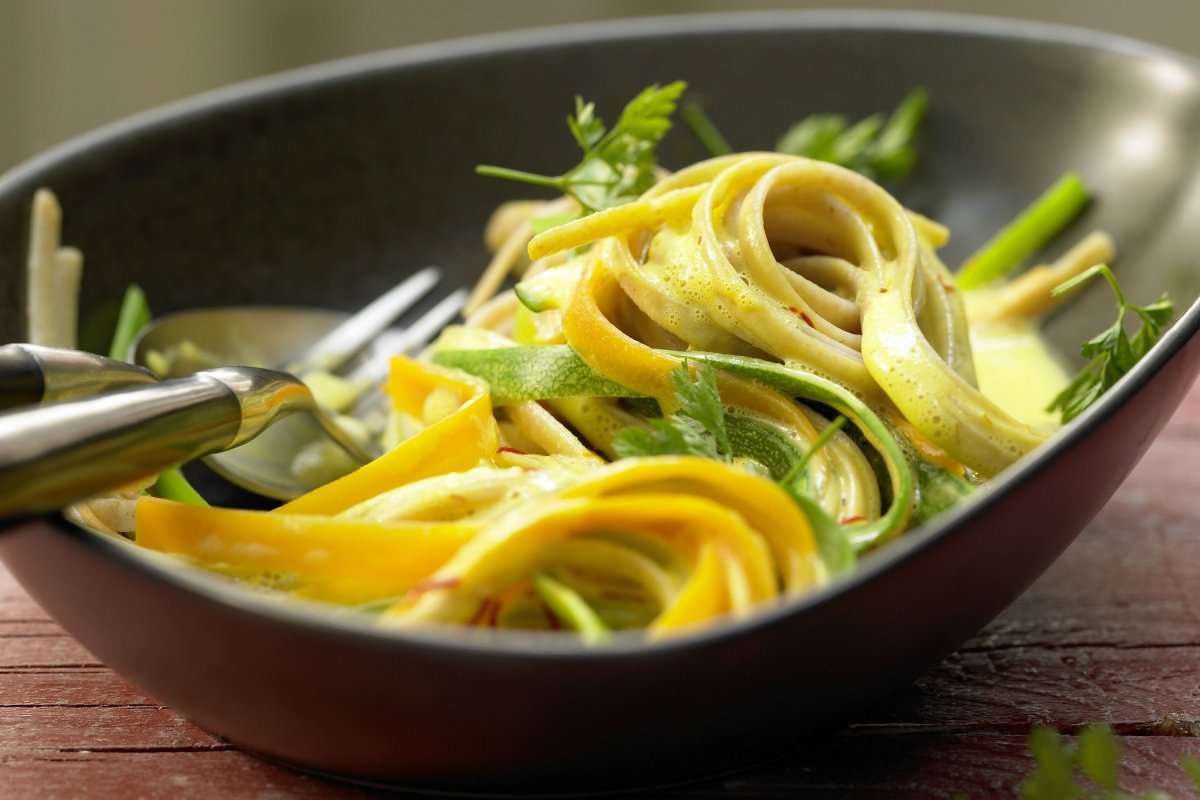
You should start eating as soon as possible; your food should be served just before you’re ready to dig in! In spite of your best attempts to avoid it, the water from the zucchini noodles will be absorbed by the spicy sauce.
Because every second counts, you shouldn’t let the noodles and sauce sit for more than a minute after you’ve prepared them.


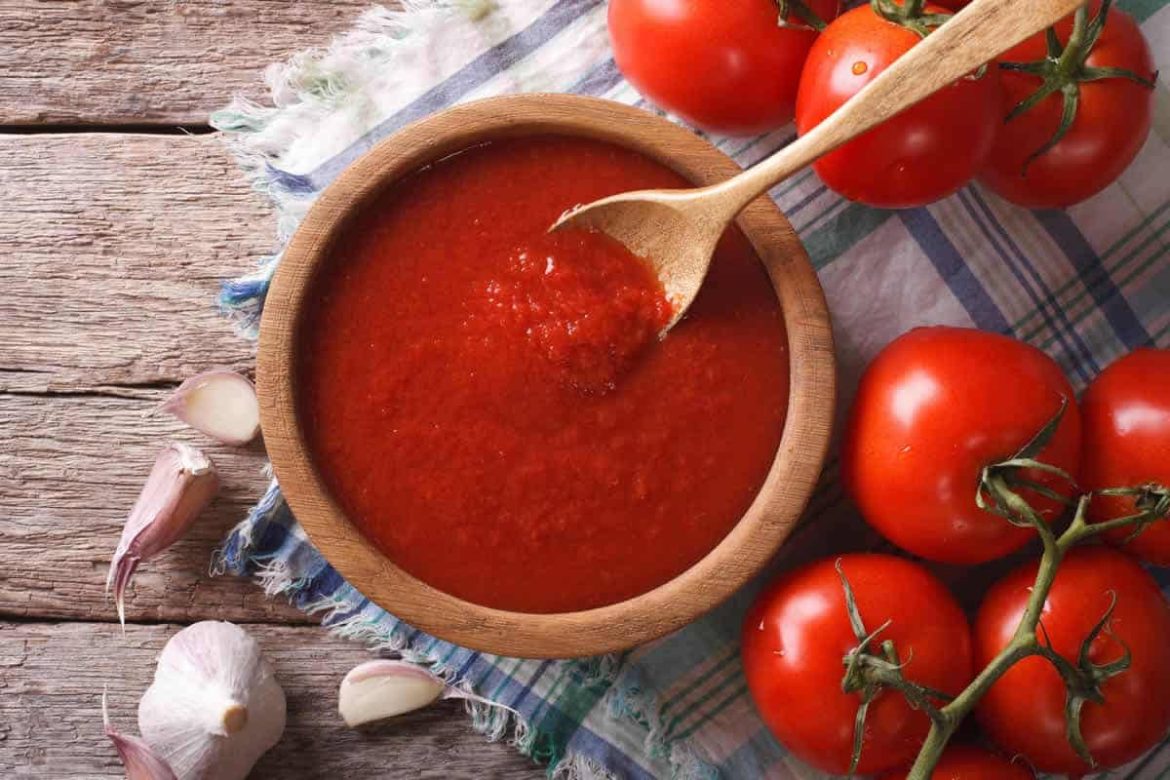

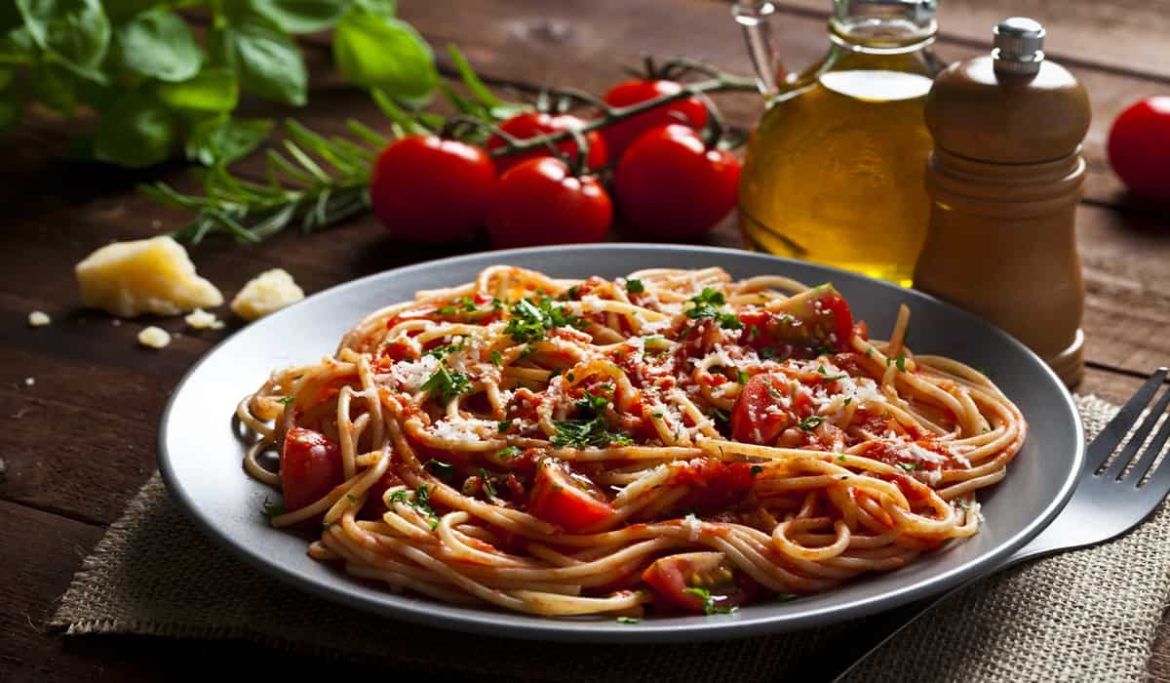


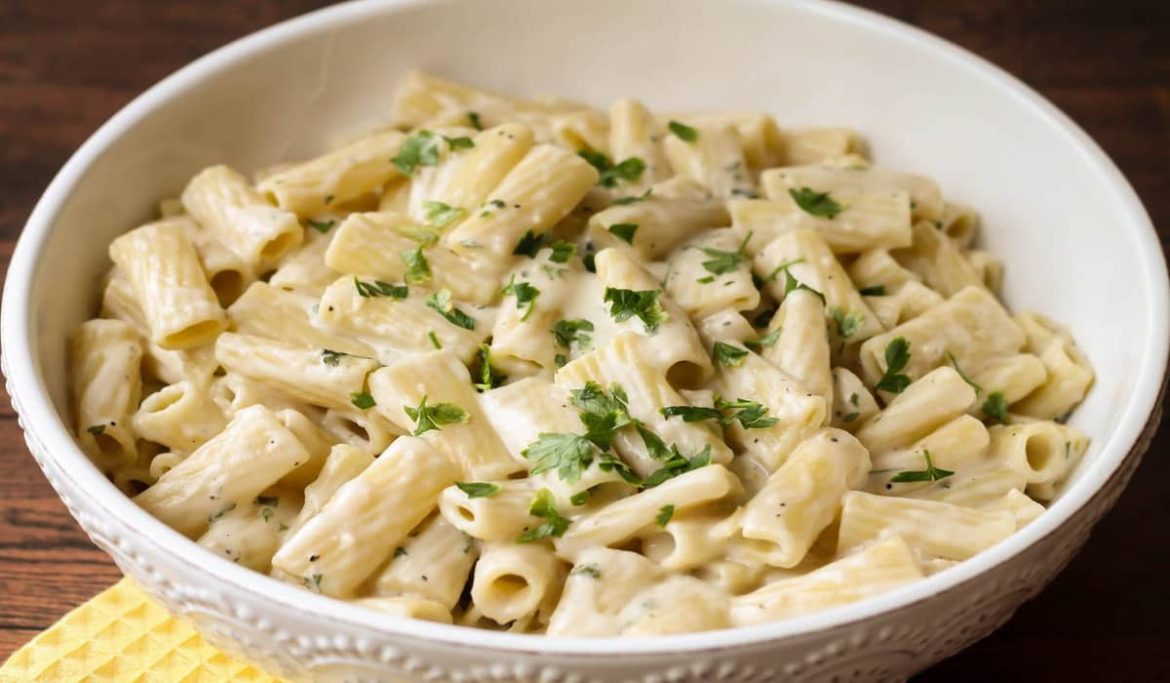
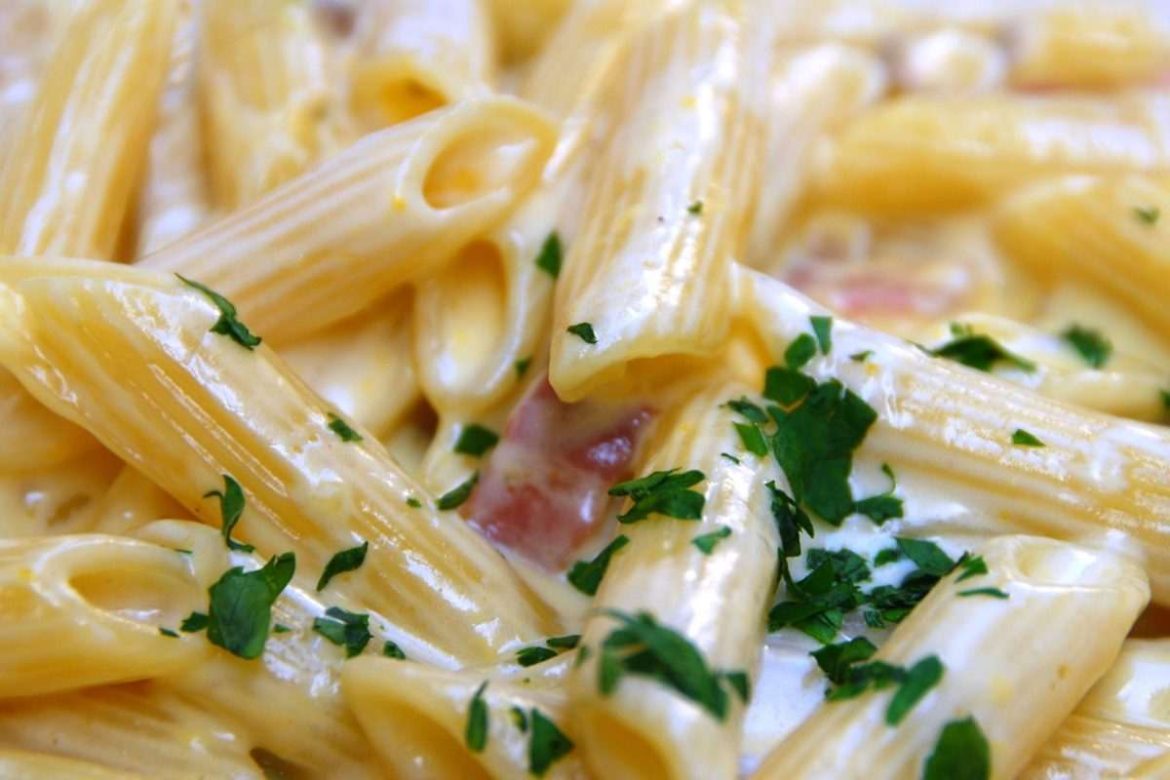
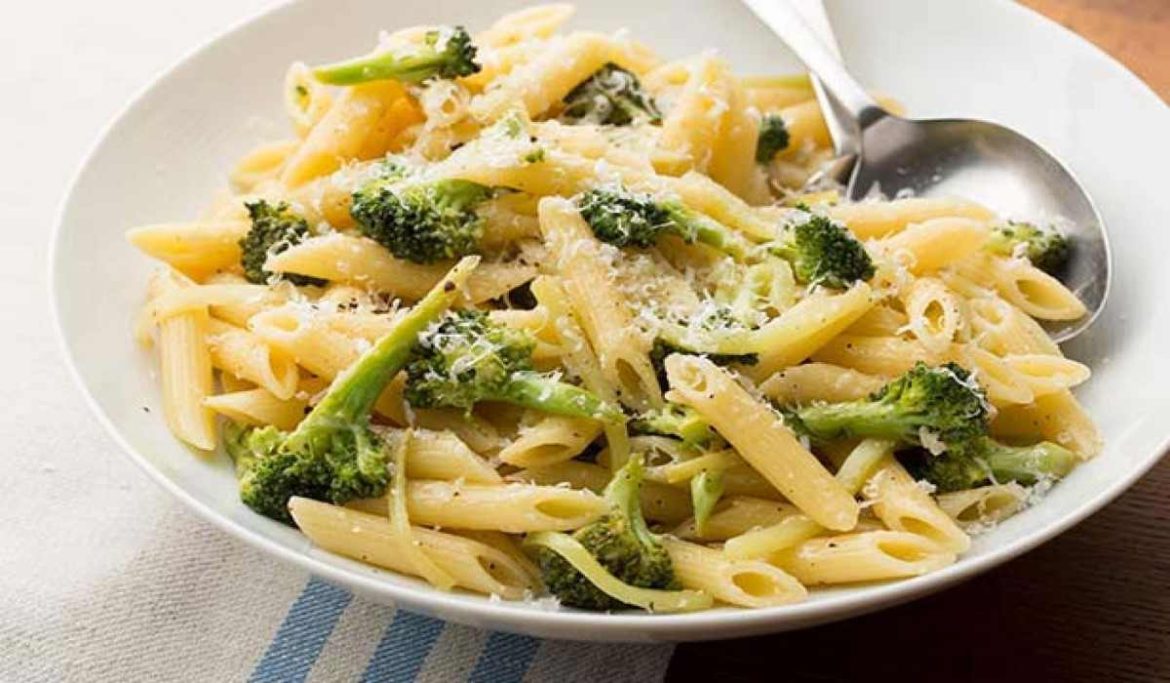
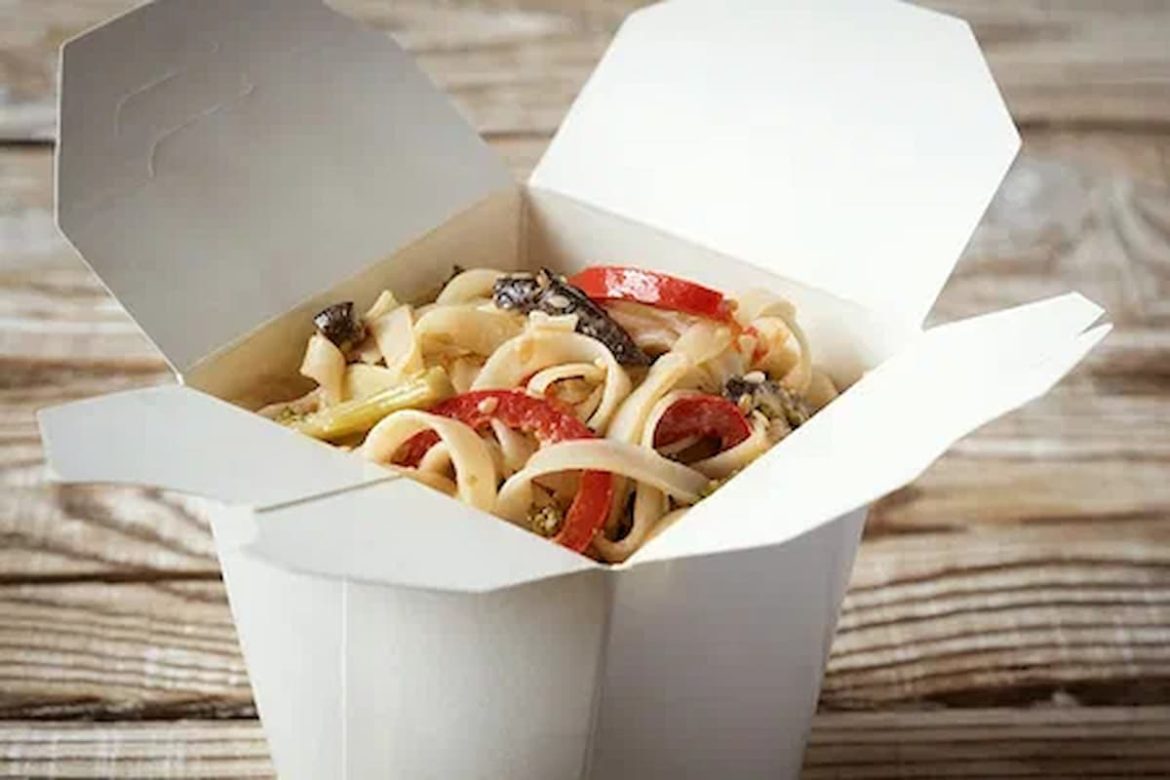
Your comment submitted.